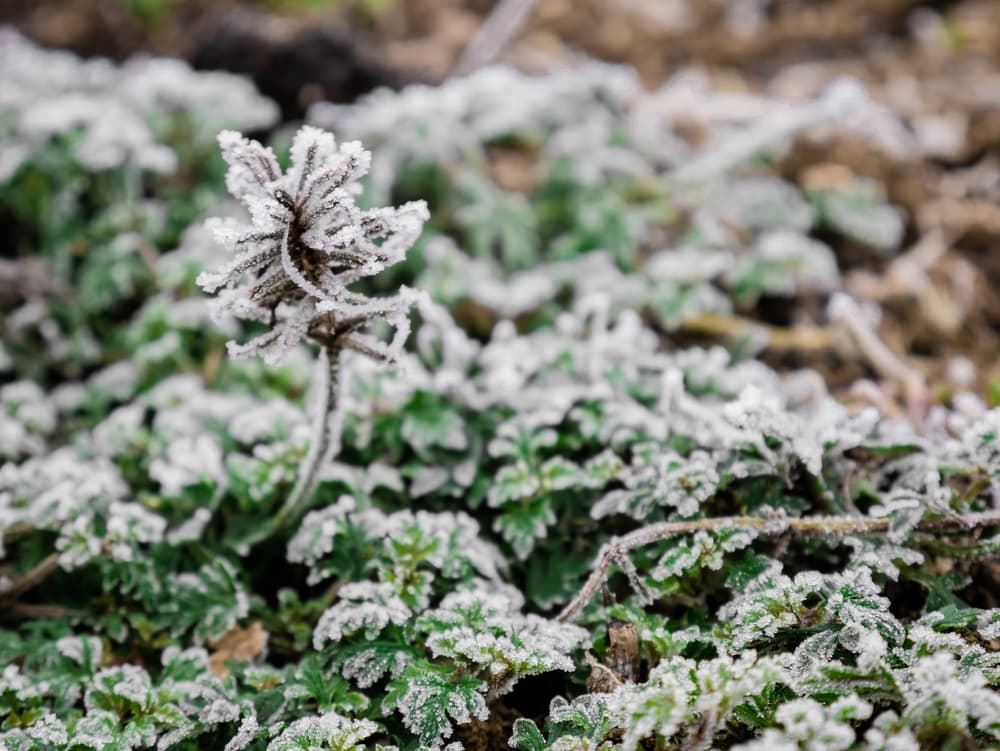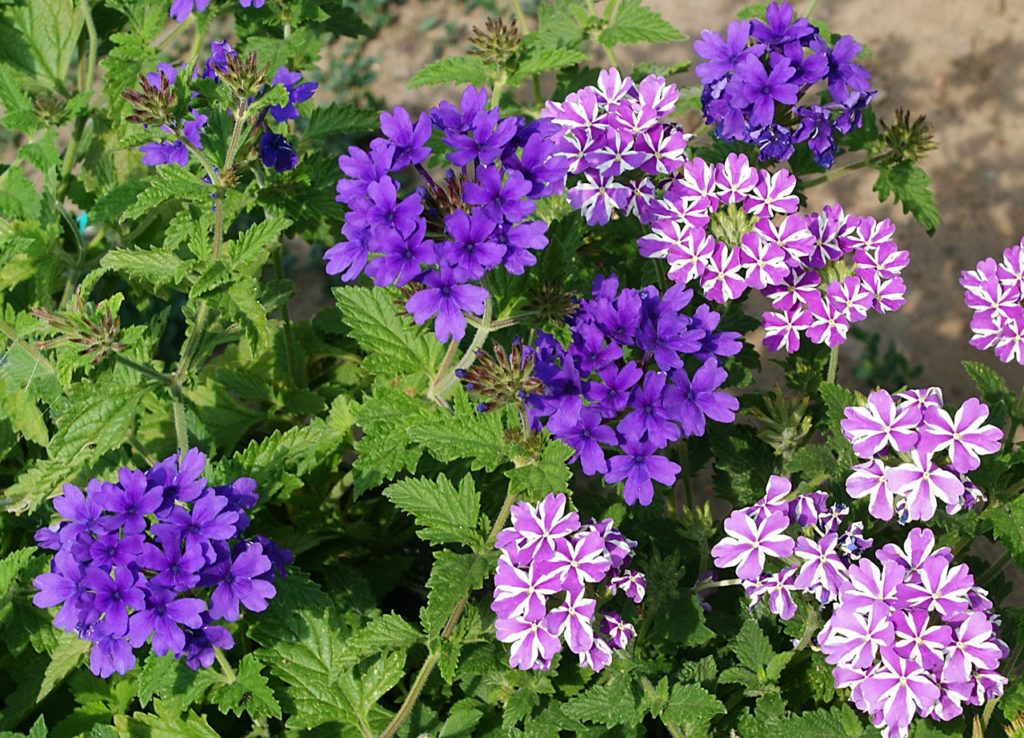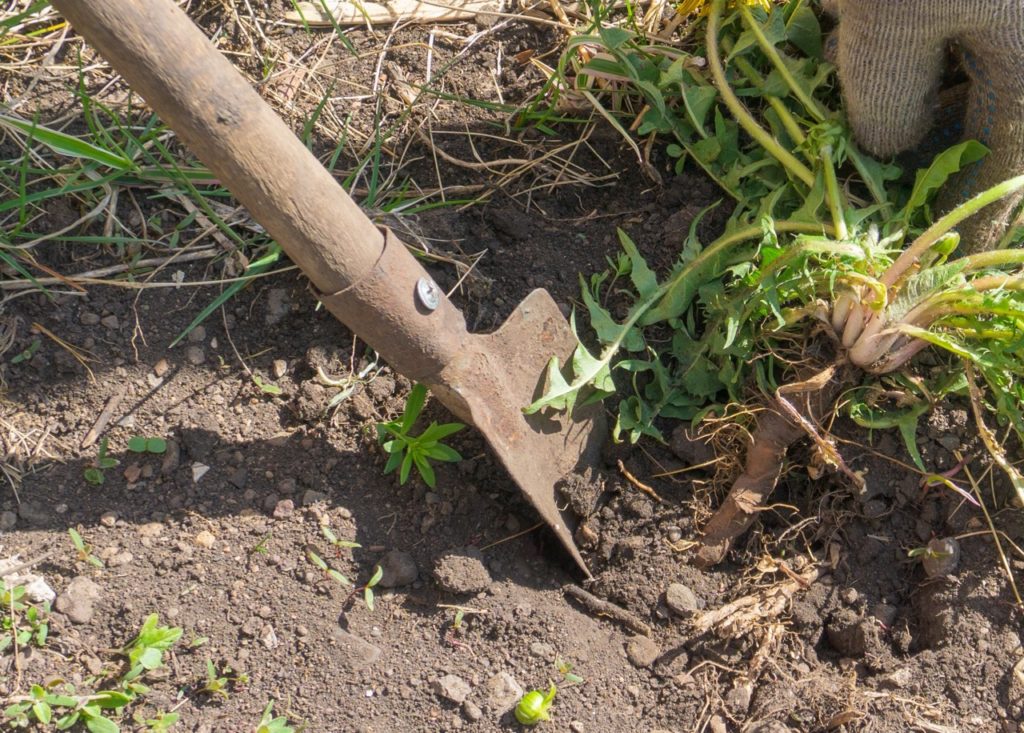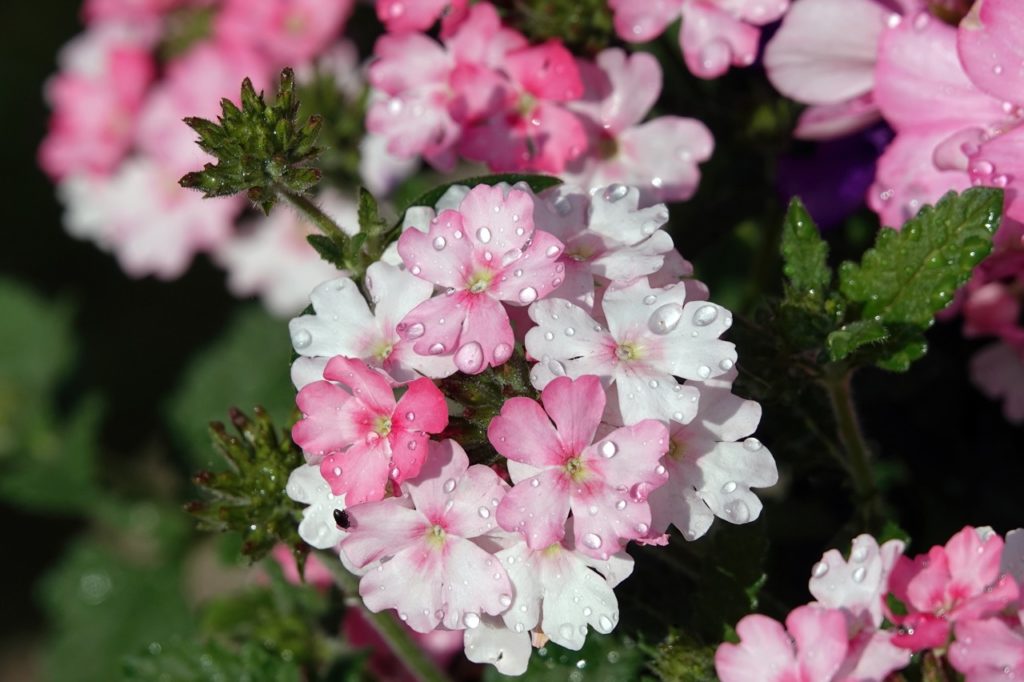Overwintering Verbena: You May Need To Dig Up The Root Ball In Colder Areas

PERENNIALS > VERBENA > OVERWINTERING
Chris is a gardening writer and nature enthusiast. He graduated from Oxford Brookes University in 2022 with an MA in Psychology. Chris works with the Leeds Green Action Society, helping their food cooperative by growing various fruit and vegetables on their two allotments in Hyde Park, Leeds.
Reviewed By COLIN SKELLY

Colin is a Horticulturist and Horticultural Consultant with experience in a range of practical and managerial roles across heritage, commercial and public horticulture. He holds the Royal Horticultural Society’s Master of Horticulture award and has a particular interest in horticultural ecology and naturalistic planting for habitat and climate resilience.
IN THIS GUIDE
VERBENA GUIDES
Companion Planting
Container Growing
Deadheading
Overwintering
Propagation
Pruning
Varieties
Verbena Bonariensis
Verbena has become popular among gardeners thanks to its rapid growth and vibrant blooms.
Verbena is said to symbolise creativity and healing, and in ancient times it was used to bless sacred places like altars and temples.1Symbolikon – Iconographic Library. (2020, April 18). Verbena Symbol. Symbolikon – Visual Library of Worldwide Ancient Symbols. Retrieved March 27, 2023, from https://symbolikon.com/downloads/verbena-flower-symbol/
Whilst this little plant is quite easy to care for, it does require some extra love in winter.
Depending on the variety, Verbena will typically vary from H3-H6 in RHS hardiness zones.

This makes it very important to know which type you’re growing, as this distinction can mean the difference between your Verbena being able to survive down to temperatures just under freezing – or being hardy down to -20°C.
The most common types of verbena include:
- Verbena officinalis (Common Vervain) which is H4 hardy (down to -10°C)
- Verbena bonariensis (Purple Top) which is also H4 hardy
If you are growing a tender variety and you live in a more temperate area of the UK, it’s likely you’ll be able to get away with mulching and protecting the roots.
However for those in colder areas where a mild winter is unlikely, you’ll likely need to overwinter indoors to guarantee the survival of your plant.
See the steps below for a more thorough breakdown:
- Cut your verbena back to roughly 1/3 its current size.
- Dig up the root ball and trim the roots.
- Plant the Verbena in a pot.
- Place the newly potted plant inside.
- Fertilise and prune the plant.
This process is explained in the individual steps below.
| Difficulty | Easy |
| Equipment Required | Gardening gloves, shears, insecticidal soap, a small shovel, a pot, potting soil |
1) Cut Back Your Verbena

Before the first sign of frost, you will need to cut your verbena plant back.
Using gloves and a pair of gardening shears, cut your verbena back to around one-third of its original size.
You should also check to see if the plant has any insect damage.
If it does, we recommend giving the plant a good spray with insecticidal soap.
2) Dig Up The Root Ball

Using a small shovel in late autumn, dig up the root ball of your verbena.
It can help to disturb the soil around the roots of your plant as much as possible – to help determine a suitable angle to dig up the plant.
Once removed, wearing gloves, gently brush away any clumps of dirt.
After, use your garden shears to cut the roots down to half of their original length.
3) Plant In A Pot
You will need to find a pot that is a minimum of 3-4 inches in diameter for your verbena’s root ball.
This will allow room for your plant to grow.
Fill the pot with potting soil, making sure there is enough soil to cover the plant at the same height as it was covered in your garden.
Plant the root ball in the pot and cover it with potting soil accordingly, then give it a good water.
4) Place Your Pot Inside
You will now need to find a spot by a sunny window to place your newly potted verbena plant.
This plant needs at least six hours of sunlight a day.
5) Fertilise & Prune

A few weeks before the very last frost, we recommend lightly fertilising your verbena and giving it a gentle prune.
This will help to encourage new growth come springtime.
As you can see, caring for verbenas in winter is really easy and, once spring has arrived, you can plant them back in your garden and enjoy them for the rest of the year.
“Bedding Verbenas, generally grown as annuals as they are not hardy in the UK over winter, can be stored in this way and replanted the following summer,” says Horticultural Consultant Colin Skelly.
“The main barrier to this is often the space to store large numbers of the winter months.”
References
- 1Symbolikon – Iconographic Library. (2020, April 18). Verbena Symbol. Symbolikon – Visual Library of Worldwide Ancient Symbols. Retrieved March 27, 2023, from https://symbolikon.com/downloads/verbena-flower-symbol/
